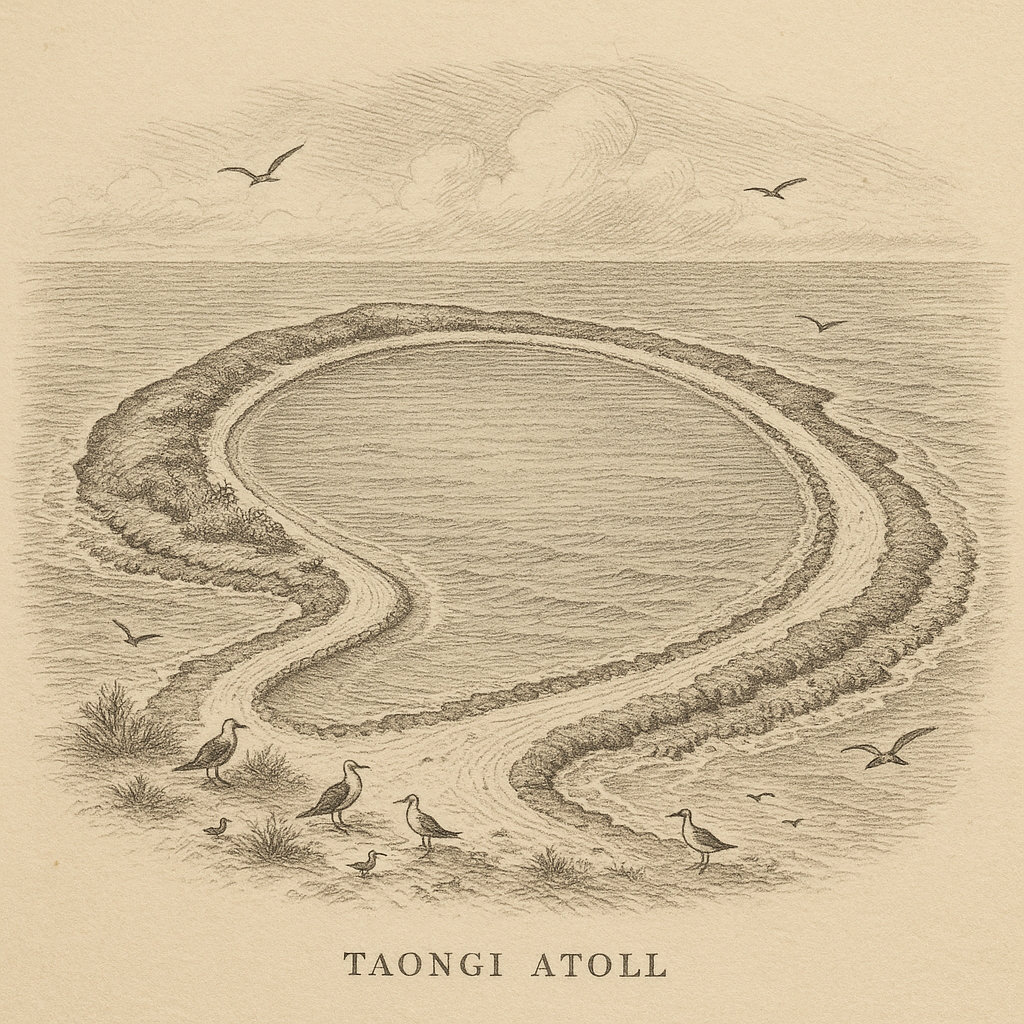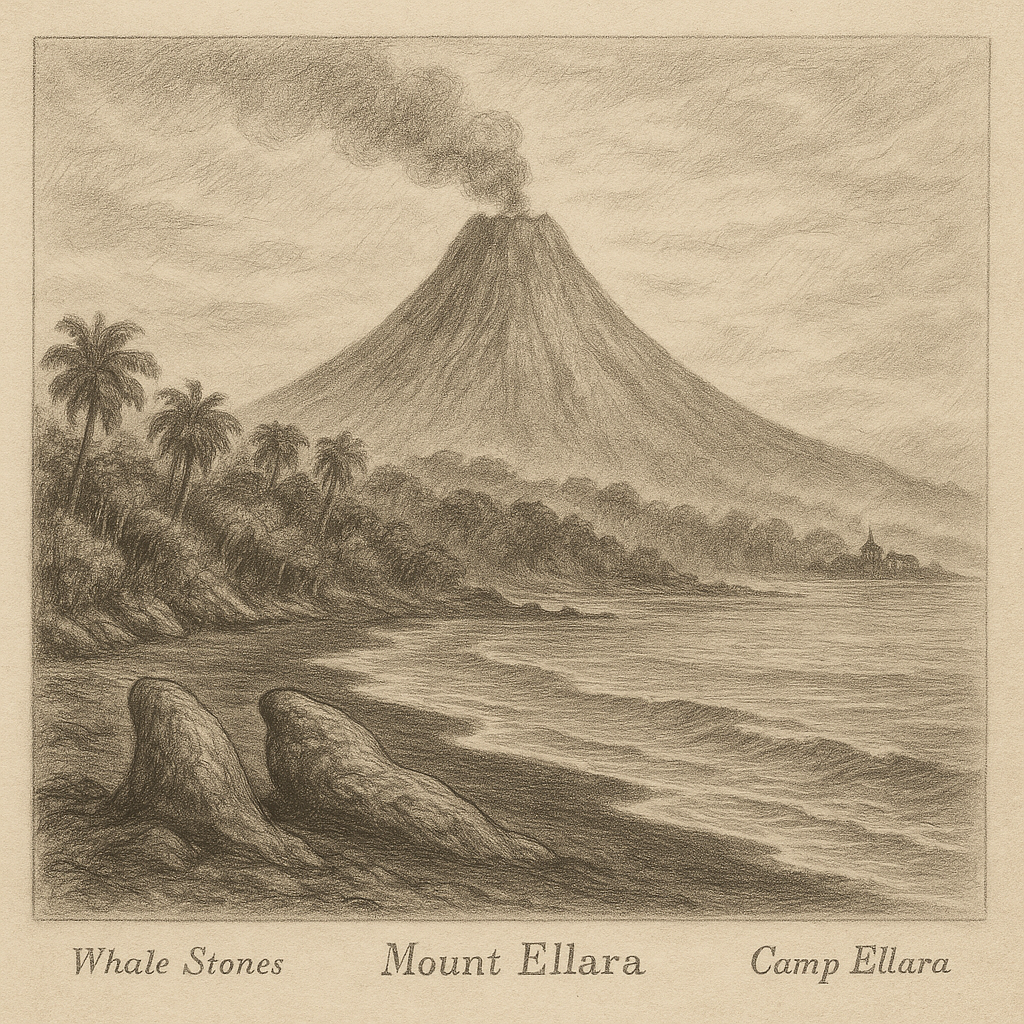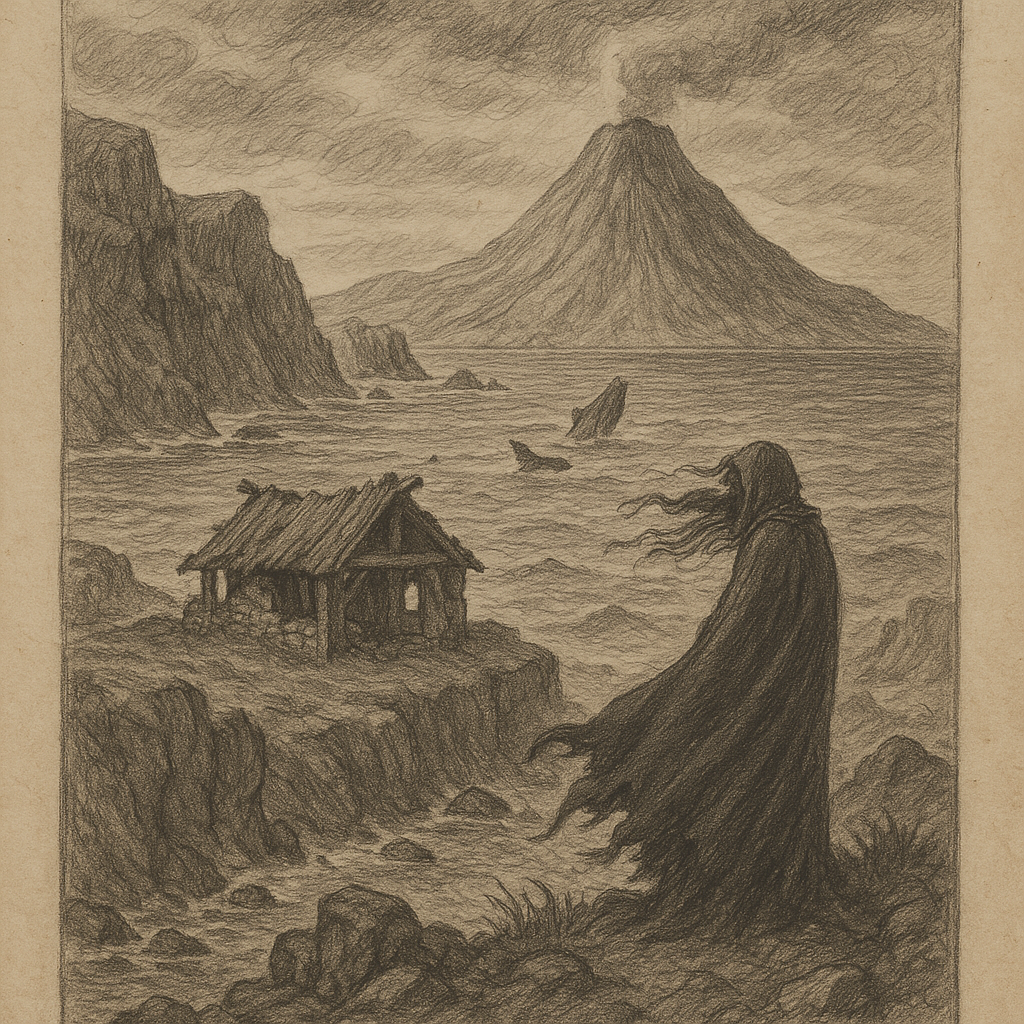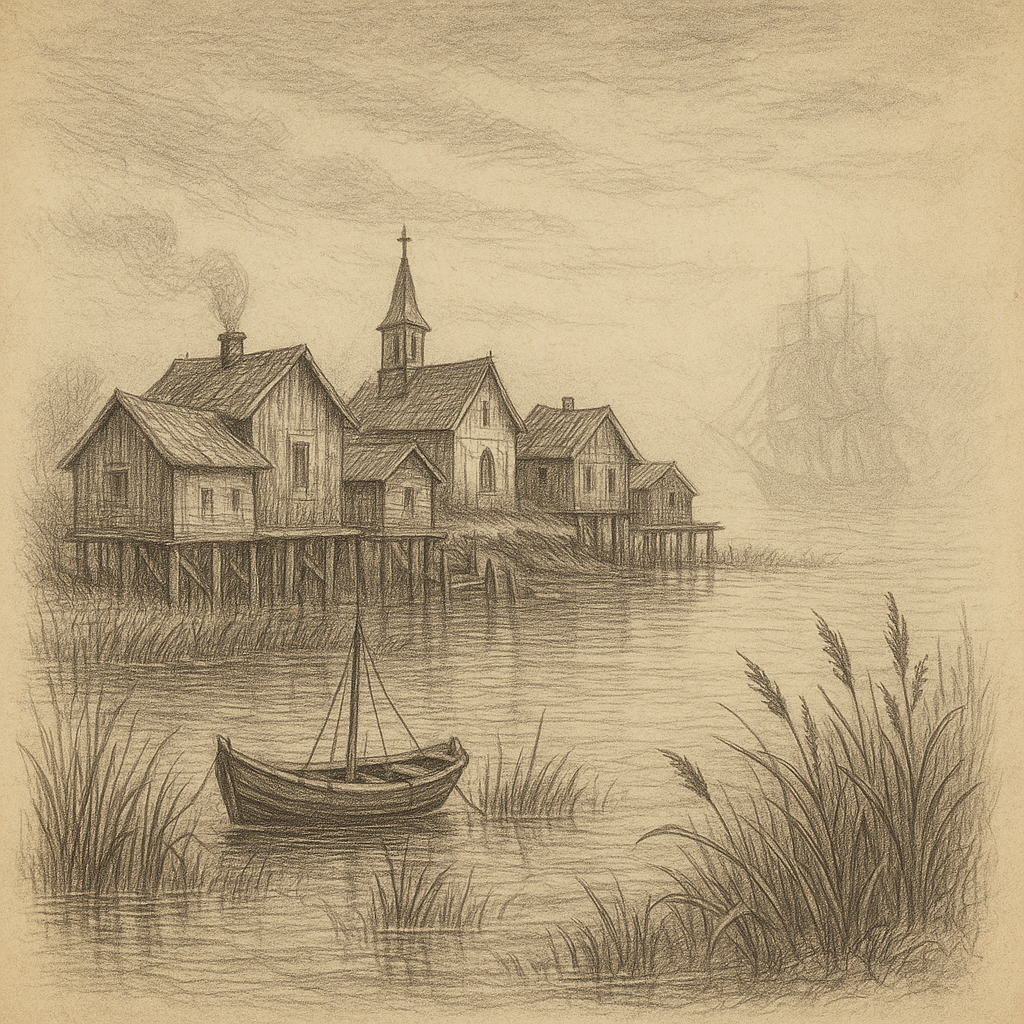Taongi Island: A Remote Jewel of the Pacific
Taongi Island, also known as Bokak Atoll, is an uninhabited and remote coral atoll in the northern Marshall Islands, located deep in the North Pacific Ocean. Far removed from modern civilization and untouched by time, Taongi Island remains one of the most pristine environments in the central Pacific, home to rare wildlife and the subject of local myth and legend.
Geographic Location and Physical Features
Taongi Island lies approximately 685 kilometers (425 miles) north of Majuro, the capital of the Marshall Islands. It is the northernmost atoll in the Marshall Islands chain and sits near the convergence of the East Pacific and West Pacific basins. The atoll is shaped like an elongated oval, measuring roughly 21 kilometers in length and about 9 kilometers in width. Its land area is minimal, just over 3.2 square kilometers, but it surrounds a large lagoon that spans more than 129 square kilometers.
Unlike more accessible islands, Taongi is completely uninhabited and shows no signs of human development. It rises only slightly above sea level, making its narrow islets highly vulnerable to sea-level rise. The atoll is composed of a series of small, low-lying islets made up primarily of coral sand and limestone, encircling a shallow turquoise lagoon teeming with marine biodiversity. There are no freshwater sources on the island, contributing to its lack of permanent habitation.
Geological Context
Taongi Atoll, like much of the Marshall Islands, is built atop an ancient volcanic seamount that has long since subsided below sea level. Over millennia, coral reef systems developed around the submerged volcanic island, eventually creating the thin chain of islets we see today. The island is part of a classic atoll formation — ring-shaped coral reefs that form over sinking volcanic islands, leaving behind a central lagoon.
The atoll is influenced by the movement of the Pacific tectonic plate and the slow subsidence of the Marshall Islands platform. Despite its remote location, Taongi is considered geologically stable. Due to limited human activity and its isolation, the reef system remains largely intact, allowing for extensive scientific research into climate change, coral reef ecology, and ocean health.
Climate and Ecology
Taongi Island features a tropical desert climate, characterized by high temperatures and very little rainfall due to its location near the northern edge of the Intertropical Convergence Zone. Unlike the more humid southern atolls in the Marshall Islands, Taongi receives minimal precipitation throughout the year, often making it one of the driest places in the region.
Despite its arid conditions, the island supports an array of wildlife. It serves as an important nesting site for several species of seabirds, including sooty terns, brown boobies, and masked boobies. The absence of human disturbance has allowed bird populations to thrive in peace.
The lagoon and surrounding reefs are home to vibrant marine life, including several species of reef sharks, giant clams, sea turtles, and brightly colored reef fish. Taongi’s waters are part of the Pacific’s migratory route for various species of whales and dolphins, adding to its ecological significance.
Human History and Conservation Status
There is little evidence that Taongi Island has ever supported a permanent population. However, it is believed that ancient Marshallese voyagers may have visited the atoll for fishing, bird harvesting, or as a navigational waypoint. The island’s remote location and lack of fresh water made it unsuitable for permanent settlement.
In modern times, Taongi has been recognized for its ecological importance. The atoll is part of the Marshall Islands’ Northern Islands Chain and is designated as a wildlife sanctuary. It is protected under environmental legislation that prohibits commercial exploitation, human disturbances, and infrastructural development, preserving its untouched character.
Scientific expeditions have occasionally been allowed access for monitoring bird populations, marine life, and coral health. Taongi is often viewed as a reference ecosystem — a pristine natural laboratory valuable for understanding the impacts of climate change and the resilience of unspoiled reef environments.
Interesting Facts
– Taongi Island is one of the few truly untouched islands in the Pacific, with no permanent human residents in recorded history.
– The lagoon within the atoll is so large that it can be seen clearly from space, with NASA satellite imagery capturing its vivid blue waters.
– It is believed to be one of the driest places in the Micronesian region, which has helped preserve some unusual coral structures and endemic flora.
– The island is a prime nesting area for seabirds, especially the sooty tern, whose dense breeding colonies form the backbone of the atoll’s avian ecosystem.
– Due to its protected status, the island lacks invasive species such as rats, cats, and dogs, which often threaten local wildlife on other Pacific islands.
Myths and Legends
As part of the Marshallese cultural landscape, Taongi Island features in several traditional stories passed down through generations. One ancient legend speaks of a sea spirit who dwelled in the island’s tranquil lagoon. According to folklore, the spirit watched over voyagers and protected those who respected the sanctity of the reef and its creatures.
Another myth tells of a mythical canoe carved from coral that resides beneath the waters of Taongi’s lagoon. Passed between oral storytellers, the legend claims that during every full moon, the canoe rises to the surface, carrying the spirits of ancient navigators who once traversed the Pacific.
For the Marshallese, such tales reinforce the spiritual significance of the ocean and its role in connecting the islands, nature, and their ancestors. Though the myths are intangible, they form a deep cultural bond to these remote, uninhabited places, reminding modern generations of a sacred past imbued in every wave and windblown sandbar.
Visiting and Accessibility
Due to its remote location and protected status, Taongi Island is not open to general tourism. Access to the atoll requires special permits issued by the government of the Republic of the Marshall Islands, and all visits must serve a scientific, environmental, or cultural preservation purpose.
Transporting people to Taongi typically involves sea voyages from Majuro or Kwajalein, lasting several days depending on weather and sea conditions. There is no infrastructure on the atoll, making any expedition logistically challenging and self-sufficient in terms of supplies and equipment.
Conclusion
Taongi Island remains one of the last untouched atolls in the Pacific Ocean — a karst-shaped sanctuary of sun-bleached coral, vibrant reefs, and ancient stories. Its isolation has preserved its ecological and cultural riches, making it a vital reference point for both conservationists and cultural historians. As climate change looms over vulnerable island nations, Taongi stands as a sentinel of what once was and what must be protected for the generations to come.



